Population and Social Characteristics
Baby Boomers' 7 Least Favorite Cities: Ranked

Published:

Where baby boomers choose to live and visit comes down to a number of factors, including affordability of housing and cost of living, rates of poverty and crime, hospitable climates, and the chance to connect with others who are in a similar stage in life. It is inevitable that some cities will suit the needs and wants of boomers better than others. Turns out, Denver and Nashville are cities popular with boomers. But what’s at the other end of the spectrum? That is, where do boomers dislike and presumably prefer to avoid? Let’s take a look at the cities least popular with boomers.
Global online research company YouGov.com has collected data on the cities least popular with boomers and others. The following seven all scored less than a favorability rating of 35% with boomers. Population data comes from the American Community Survey, annual crime data from NeighborhoodScout, and average temperatures from NOAA.

There are estimated to be more than 75 million baby boomers in the United States, which is over 20% of the population. Because they are now about 60 to 80 years old, well over half of them are retired. They tend to be more affluent than the following generations, so where boomers choose to live and visit can have a significant impact on local economies. Is that bad news for the cities least popular with boomers?


The Ohio state capital was once called “The Biggest Small Town in America” but is now the second-most populous city in the Midwest after Chicago. Its diverse economy helped it resist the Great Recession and quickly recover from the COVID-19 pandemic. The city’s demographics make it a common test market for new products. Almost 20% of the population is older than 55, and about 42% white and 36% Black. The city experiences muggy summers and cold, dry winters.
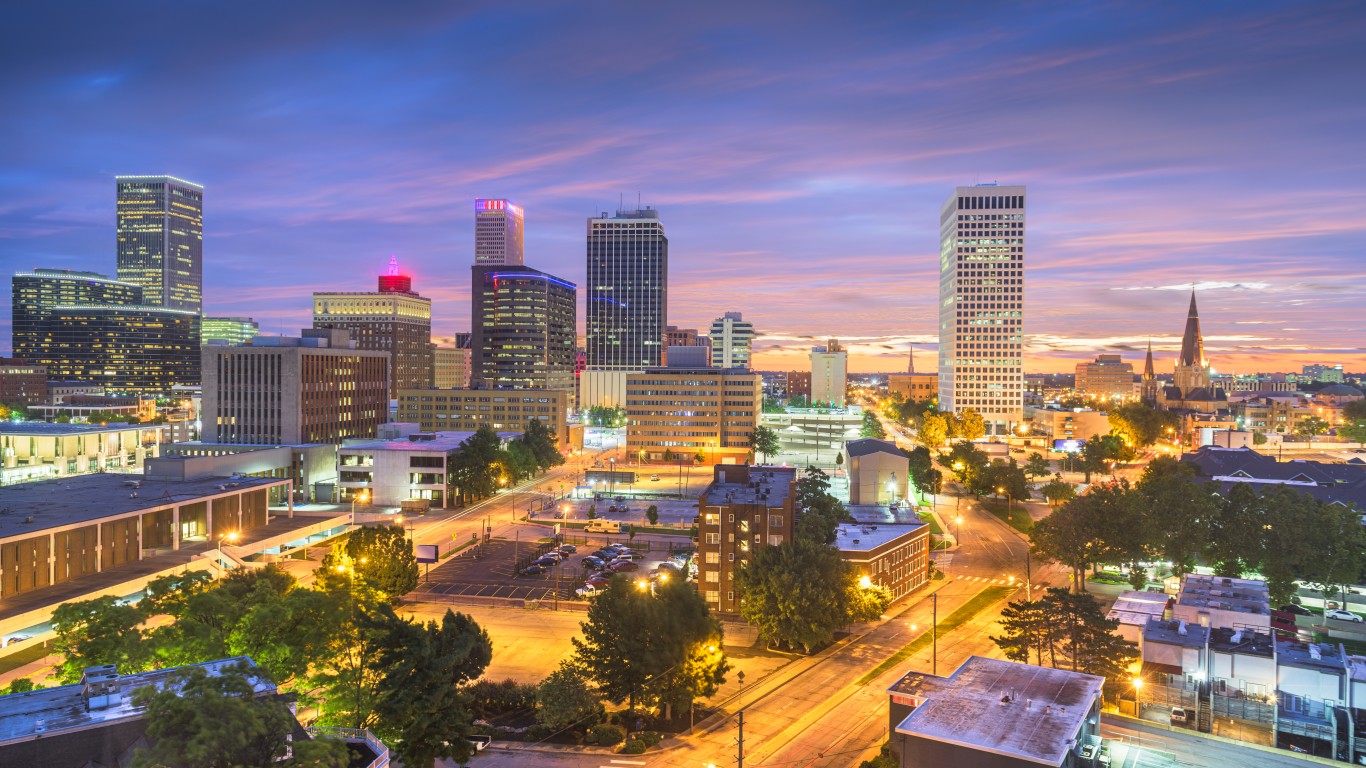

The Tulsa County seat is the second-largest community in Oklahoma. Much of its 202 square miles are on Native American lands. The “Oil Capital of the World” fared better than other U.S. cities during the Great Depression. It was once home to “Black Wall Street,” and the founder of Route 66 came from there. The portion of the current population over 55 is more than 26%. While about 17% of residents are Hispanic, 53% of them are white. In spring and early summer months, the city is subject to severe thunderstorms containing large hail, damaging winds, and occasional tornadoes.

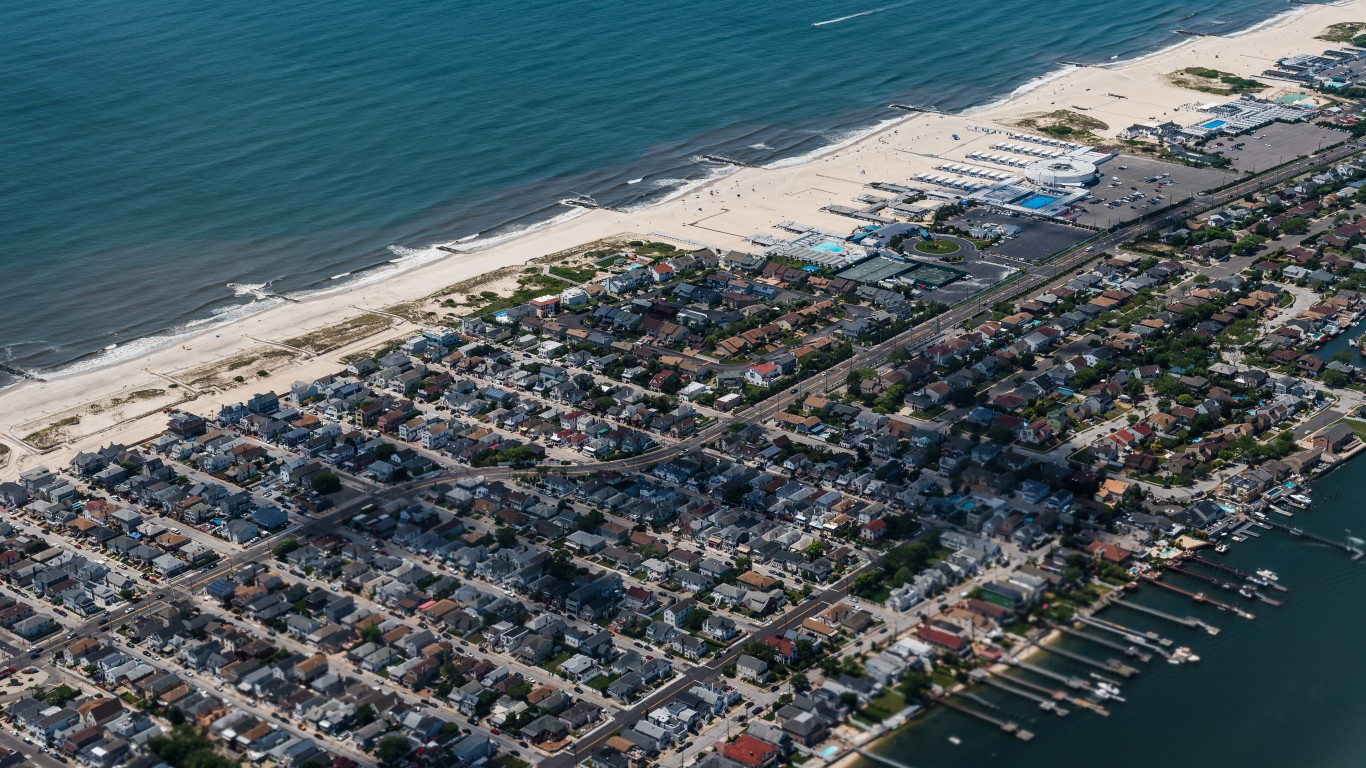
This oceanfront city can be found in Nassau County on Long Island’s south shore. It is a high-density community packed into less than 4 square miles of barrier island, about an hour’s drive from New York City. Incorporated in 1922, it has had many famous residents, including Humphrey Bogart, James Cagney, Cab Calloway, Jack Dempsey, Billy Crystal, and Derek Jeter. The famous boardwalk was rebuilt after Hurricane Sandy destroyed it in 2012. About 28% of the residents are older than 55, and 72% of the population is white. The city has humid hot summers and cool winters, as well as one of the lowest crime rates in the United States.
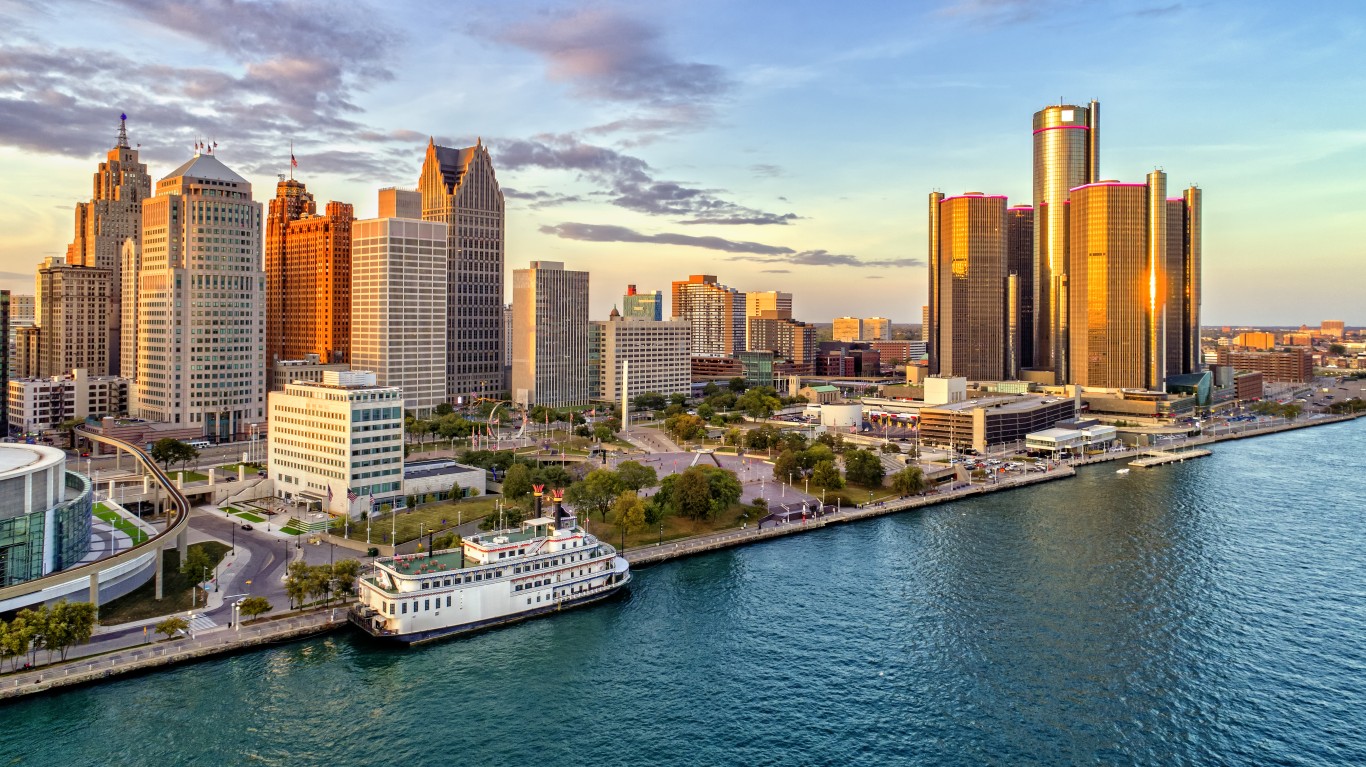
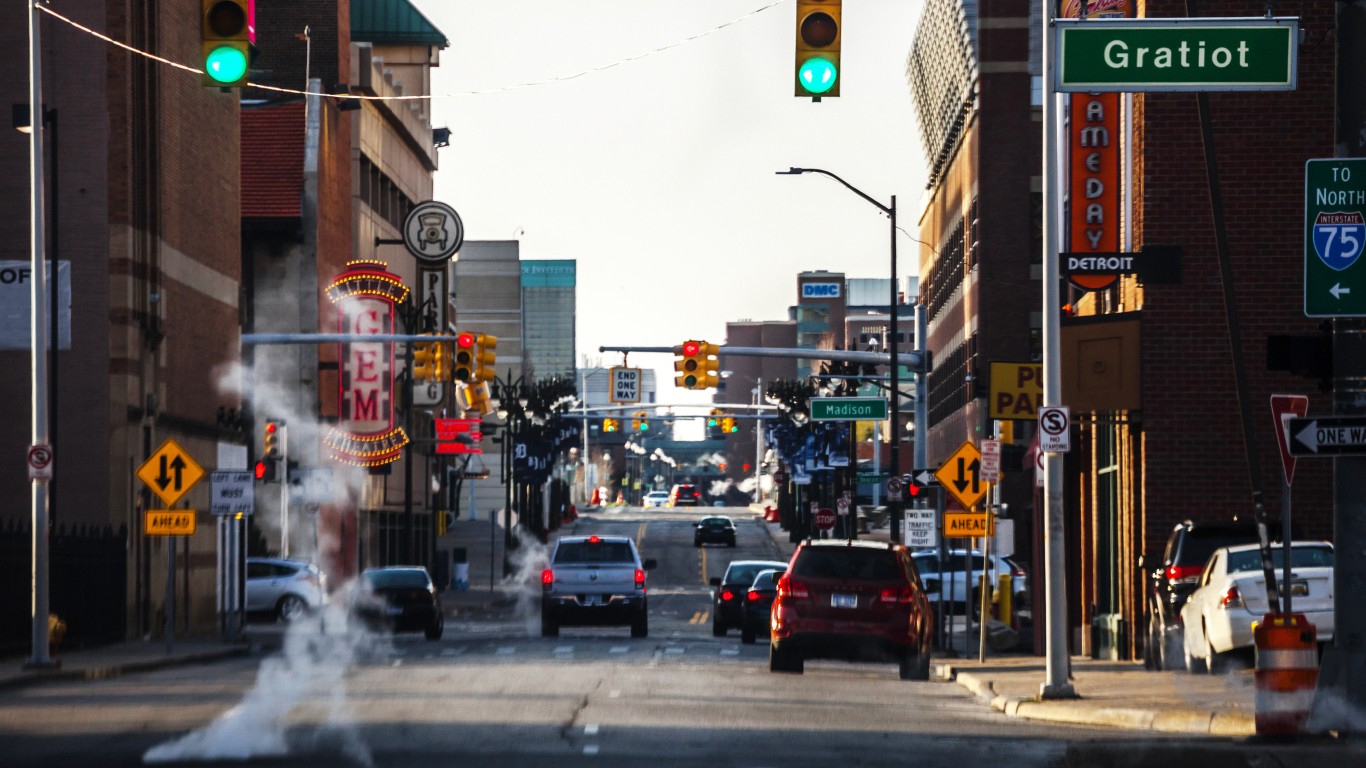
This is the seat of Wayne County, and among its nicknames are “The Motor City” and “Motown.” It was once an important industrial hub, but the loss of the auto industry led to a period of urban decay and population loss. Detroit also gained notoriety for its high amount of crime. In 2013 it became the largest U.S. city to file for bankruptcy. But in the 2010s, initiatives to renovate and revitalize the cityscape led to a rise in gentrification, an increase in the population of young professionals, and expanding retail. The population is now around 77% Black, and 15% or so of residents are older than 65. Due to its location in the Great Lakes region, winters are cold with moderate snowfall, but thunderstorms are frequent during spring and summer.
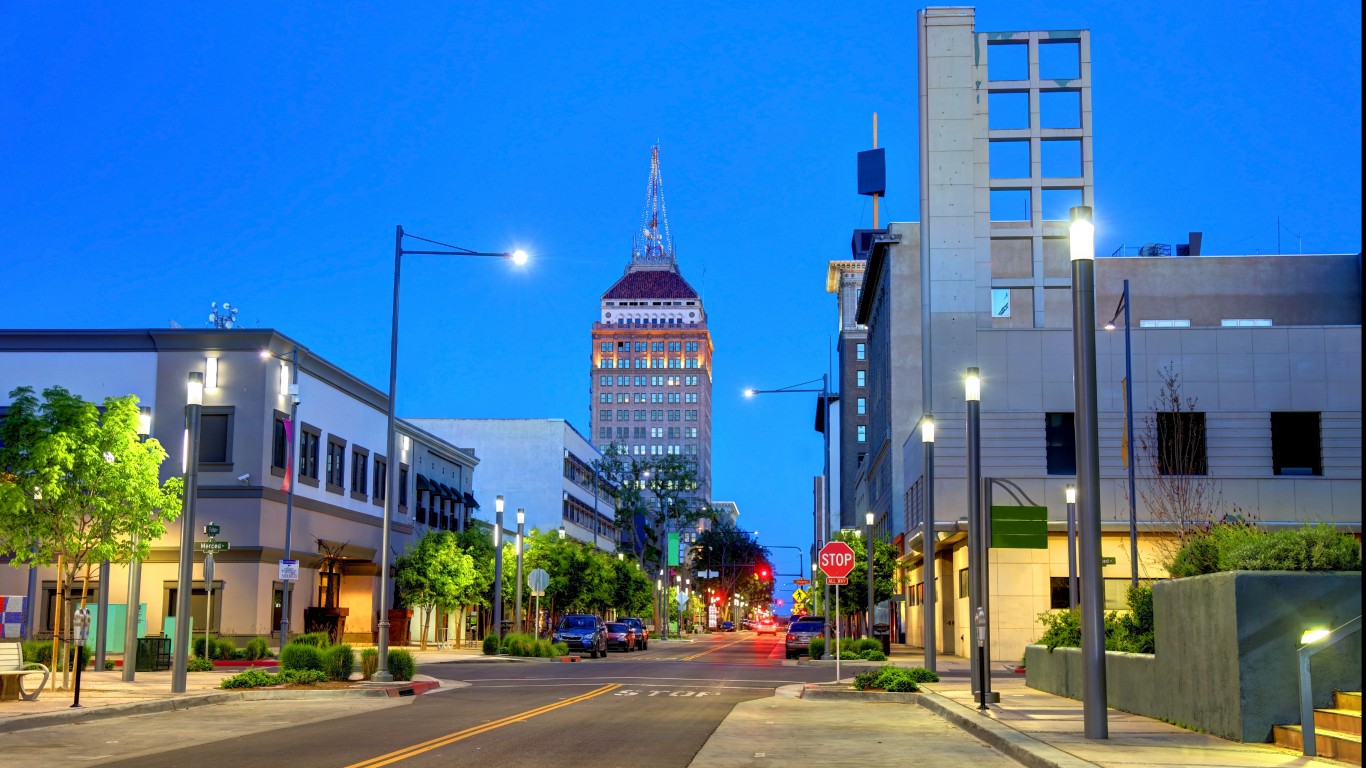

The Fresno County seat covers about 115 square miles near the geographical center of California. It is an ethnically diverse city with almost 19% of residents foreign-born. About half the population is Hispanic, and around one in five is age 55 years or older. A major hub for agricultural production, Fresno is home to numerous farms and orchards, and it is a leading producer of raisins. Winters are cool and wet, while summers are long, hot, and dry. Since 2010, Fresno has been particularly impacted by droughts that plague California.
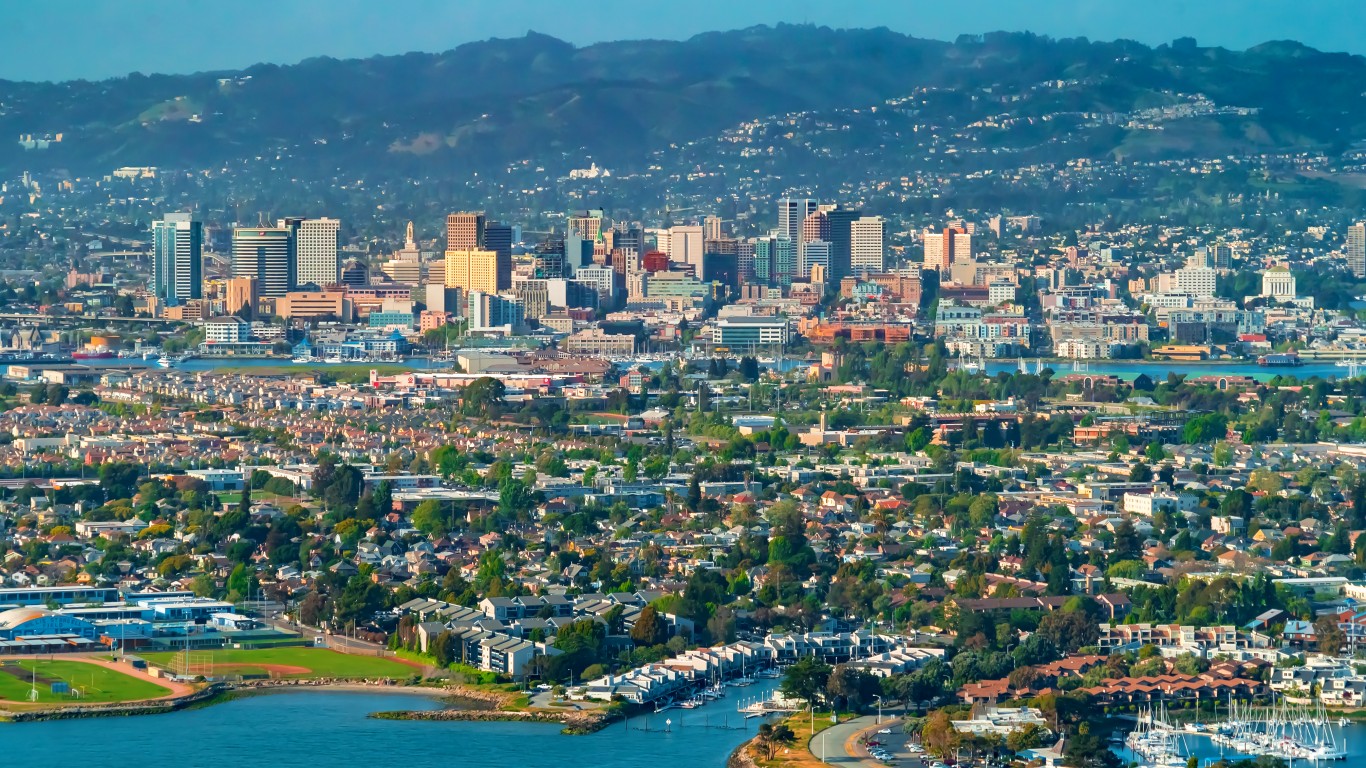

This large coastal city is a major West Coast port and the Alameda County seat. Like Fresno, it is an ethnically diverse city with an above-average total of foreign-born residents. Like Detroit, it has had a reputation as one of the most dangerous cities in America. But it also has seen a surge in gentrification and increased tourism, being called a various times one of the “coolest,” “most exciting,” and “most hipster” cities in the country. It has a warm-summer Mediterranean climate with an average of 260 sunny days per year. Only 13% or so of residents are age 65 or more.

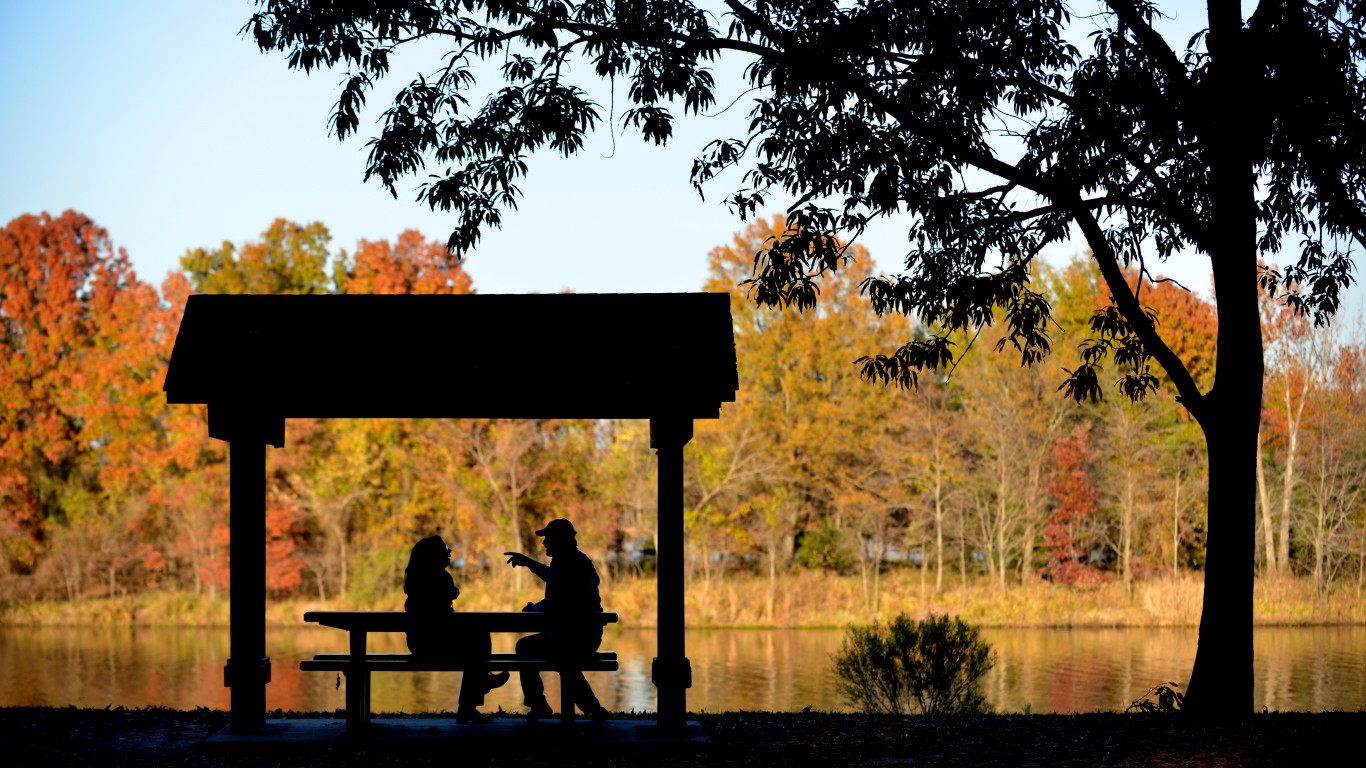
About 71 miles south of Cleveland, New Philadelphia covers around 8.4 square miles and was incorporated in 1833. The Tuscarawas County seat was initially laid out to resemble the design of Philadelphia, Pennsylvania. The population is about 94% white. A branch campus of Kent State University can be found there, and Tuscora Park has features originally built by the WPA, along with a carousel and Ferris wheel. The city’s crime rate ranks among the lowest in the nation, and more than a third of residents are age 55 or older. They enjoy a moderate climate throughout the year.
∴
The last few years made people forget how much banks and CD’s can pay. Meanwhile, interest rates have spiked and many can afford to pay you much more, but most are keeping yields low and hoping you won’t notice.
But there is good news. To win qualified customers, some accounts are paying almost 10x the national average! That’s an incredible way to keep your money safe and earn more at the same time. Our top pick for high yield savings accounts includes other benefits as well. You can earn up to 3.80% with a Checking & Savings Account today Sign up and get up to $300 with direct deposit. No account fees. FDIC Insured.
Click here to see how much more you could be earning on your savings today. It takes just a few minutes to open an account to make your money work for you.
Thank you for reading! Have some feedback for us?
Contact the 24/7 Wall St. editorial team.